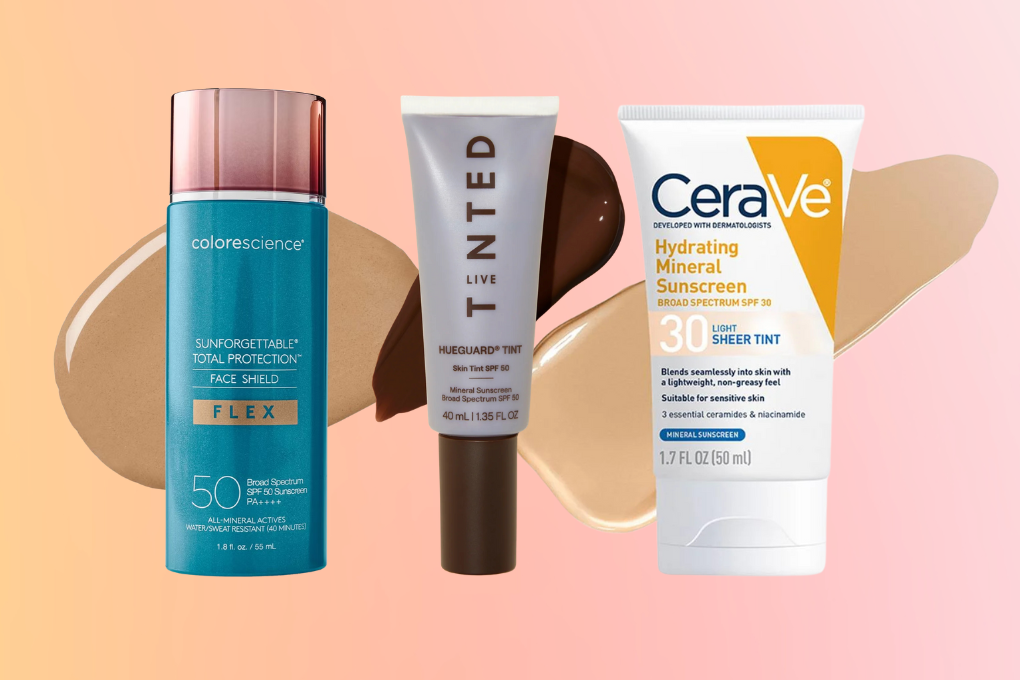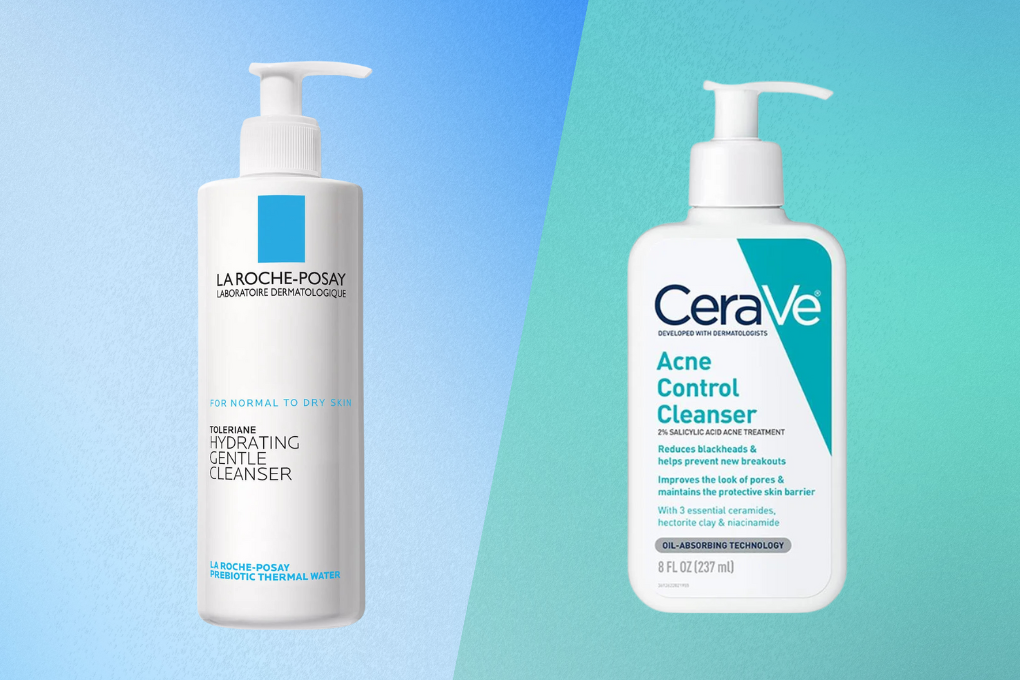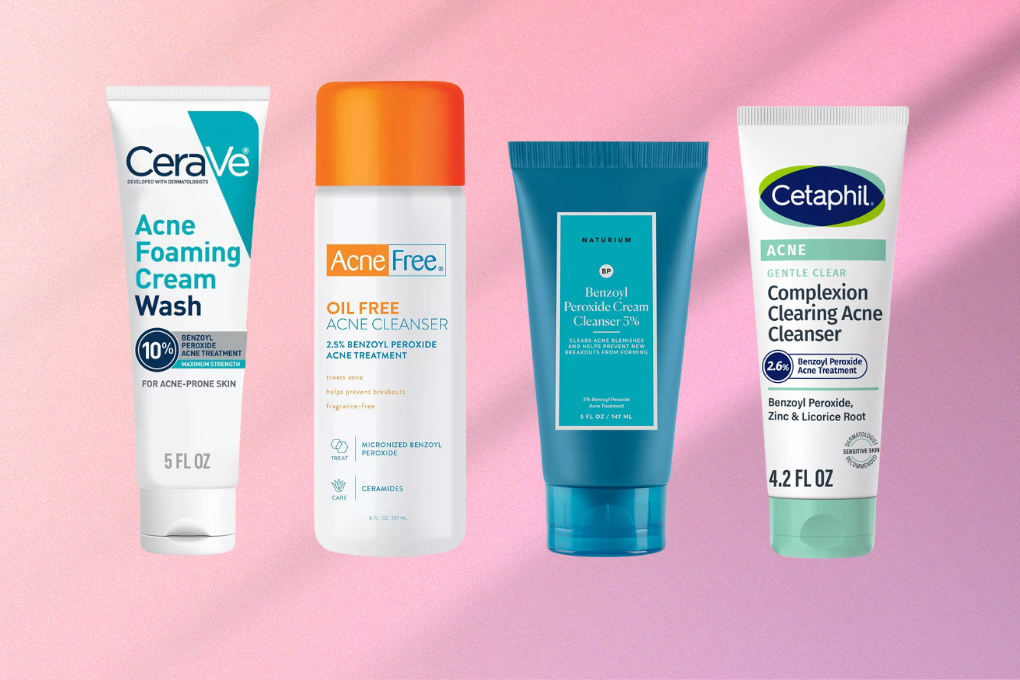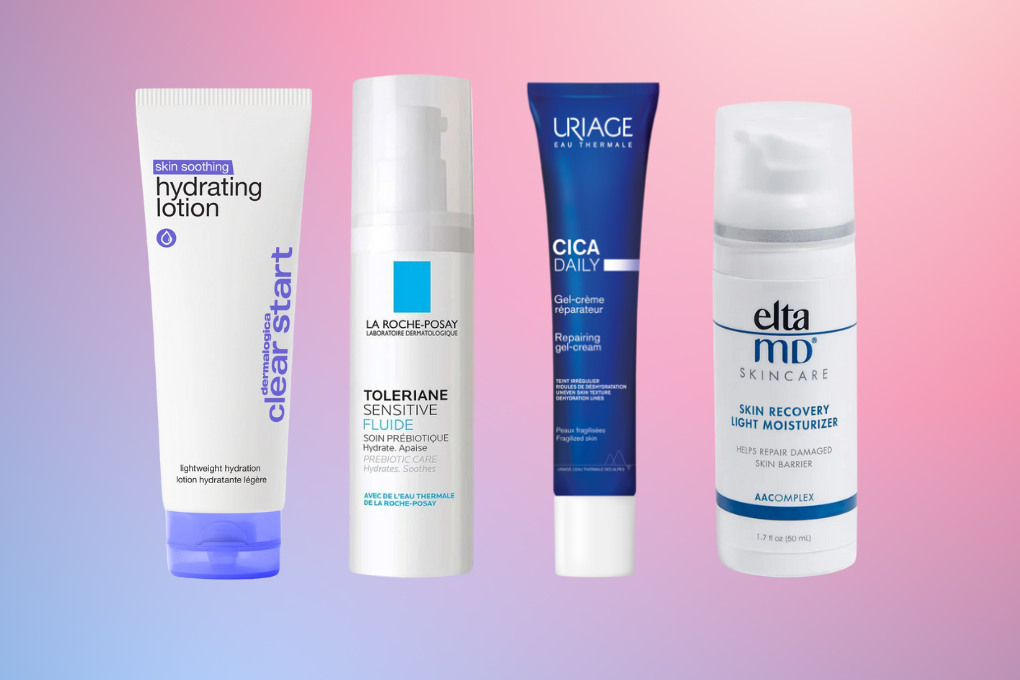Finding the best foundation for acne-prone skin can be difficult. Not only do you have pimples, post-inflammatory hyperpigmentation, and acne scars to cover, but the wrong product or application technique can make texture more noticeable, clog your pores, irritate your skin, and make breakouts worse.
Whether you’re looking for something that feels lightweight, works on oily skin, or effectively covers acne scars, there are many excellent foundations to choose from for acne-prone skin.
Best Foundations for Acne-Prone Skin
The best foundation for acne-prone skin is one that will provide enough coverage to make you comfortable while also not clogging pores. While our first instinct might be to get a full coverage foundation to cover breakouts, light to medium coverage foundations can also be a good choice for acne-prone skin because they are less likely to cake up or get patchy over breakouts during the day. You can use a full-coverage foundation or a concealer in just the spots where you need extra coverage without overloading the rest of your face.
With all that in mind, here are some of our favorite non-comedogenic foundations for acne-prone skin:
Clinique Acne Solutions Liquid Medium Coverage Foundation with Salicylic Acid Natural Matte Finish
Acne Solutions Liquid Makeup by Clinique is designed to both treat and cover breakouts for combination to oily skin types. This oil-free, lightweight foundation blurs away imperfections and has a natural matte finish to help control excess oil. This foundation will also gently clear pores with 0.5% salicylic acid, which exfoliates and penetrates oil, and contains added ingredients like caffeine to reduce redness. With 24 varied shades, there is a match for most skin tones in this medium coverage formula.
- 0.5% salicylic acid to gently clear pores
- Lactobacillus ferment, licorice, and caffeine help reduce redness
- Natural matte finish for combination to oily skin
- Alcohol may be drying for some people
Dermablend Flawless Creator Lightweight Buildable Full Coverage Foundation with Natural Finish
Flawless Creator Lightweight Foundation from dermatologist favorite makeup brand Dermablend is made to be easily customized. It comes in a weightless 10-ingredient formula that is safe for acne-prone and sensitive skin. Although it is lightweight, it also contains a concentrated blend of pigments, making it buildable from sheer to full coverage that can hide hyperpigmentation while still feeling natural on your skin. It can be used alone or mixed with skincare to change it up.
- Simple formula with only 10 ingredients
- Concentrated pigments for weightless full coverage
- Can be used alone or mixed with other skincare
- May be too concentrated if you want a lighter look
Jane Iredale PurePressed Base Mineral Pressed Powder with SPF Semi Matte
- Sold as refills for a reusable compact























